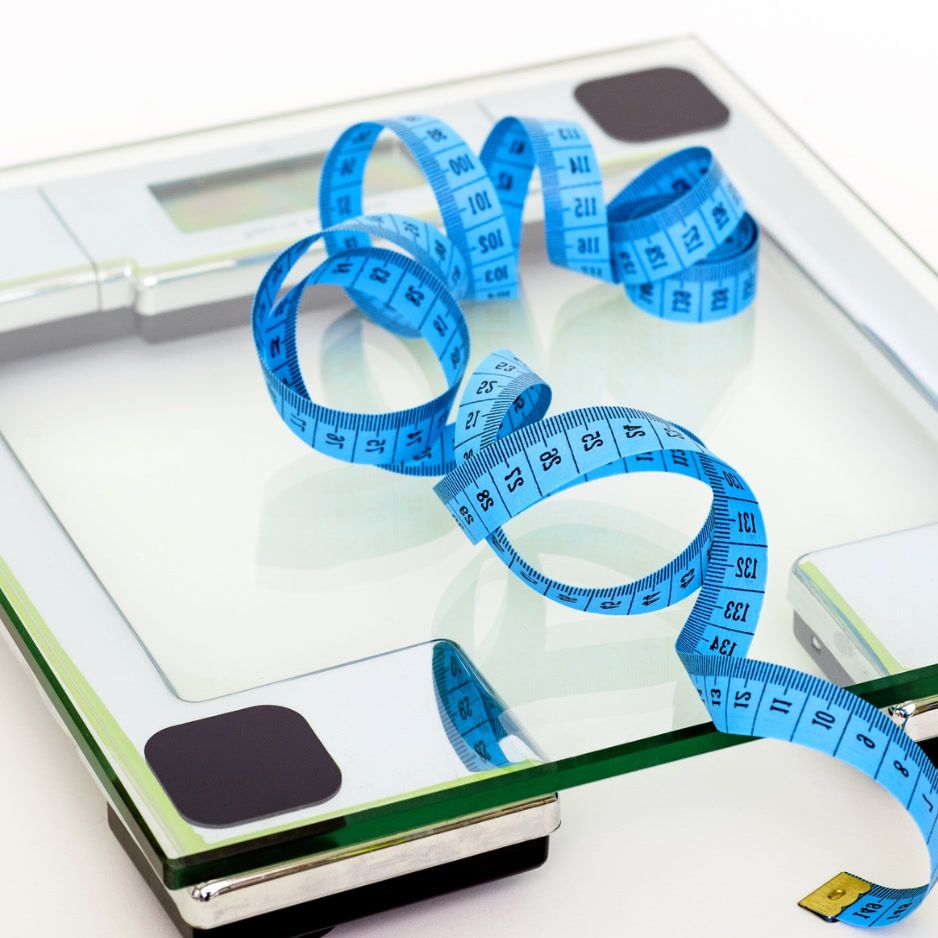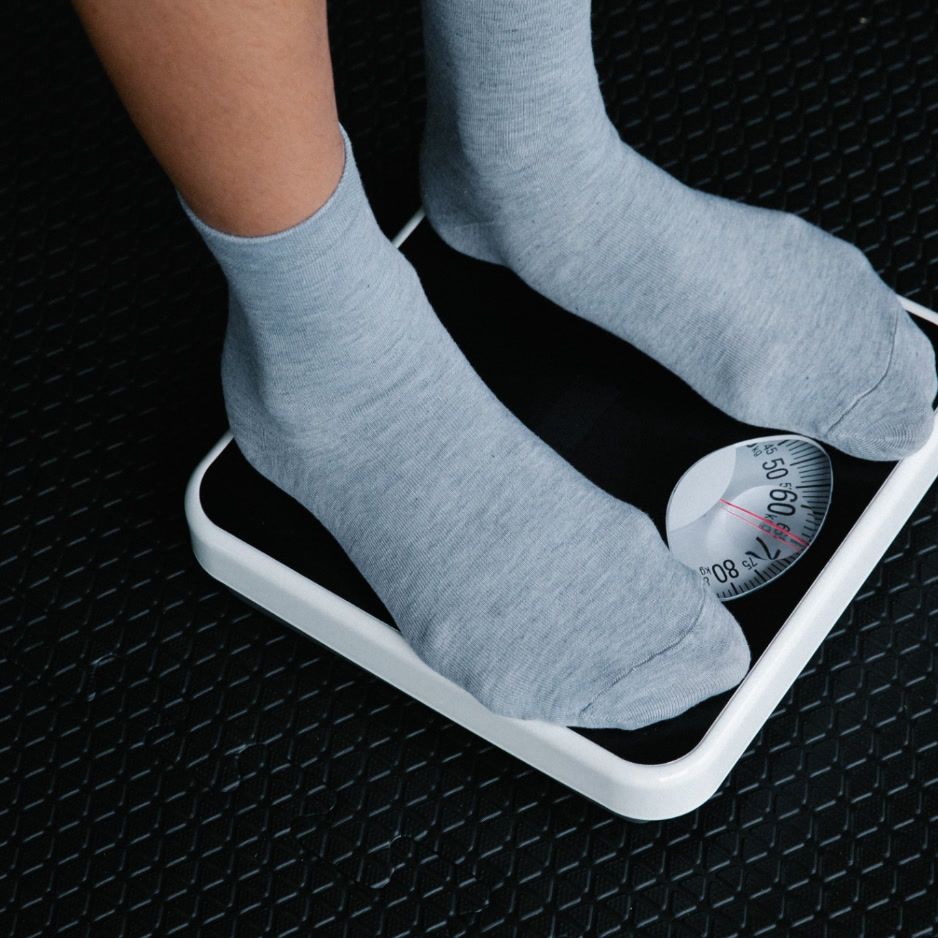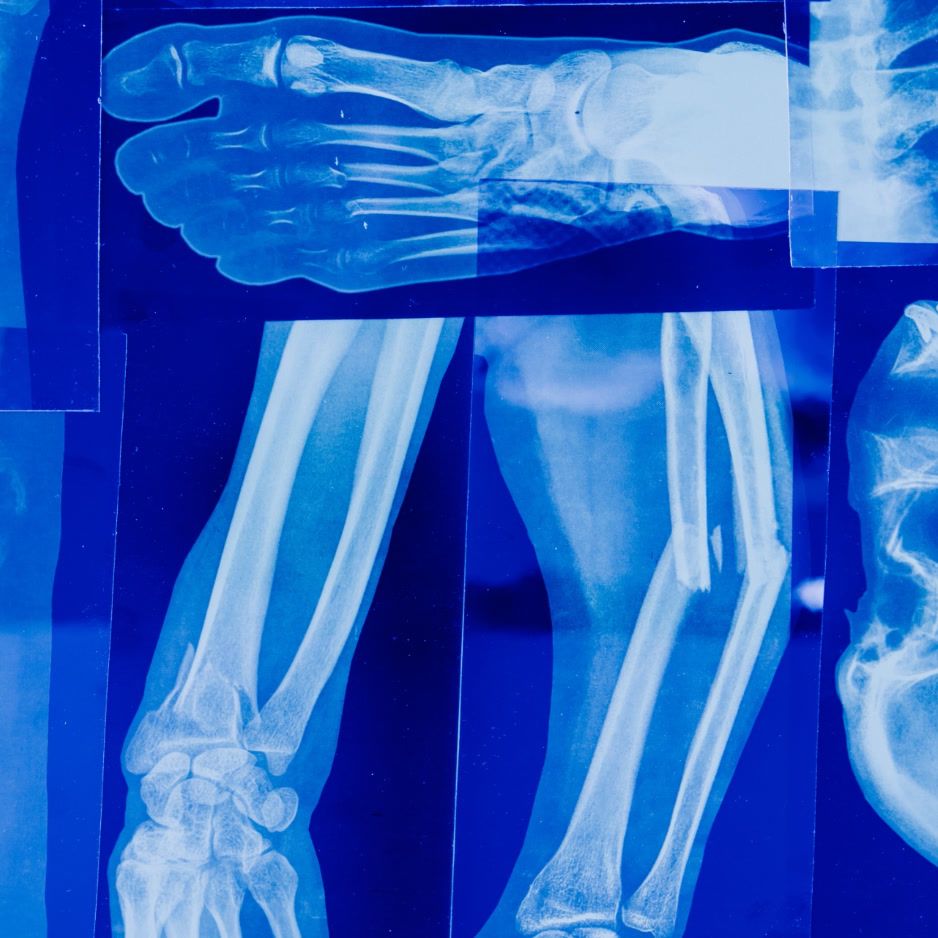Does Ozempic Cause Bone Loss? Science-Backed Guide
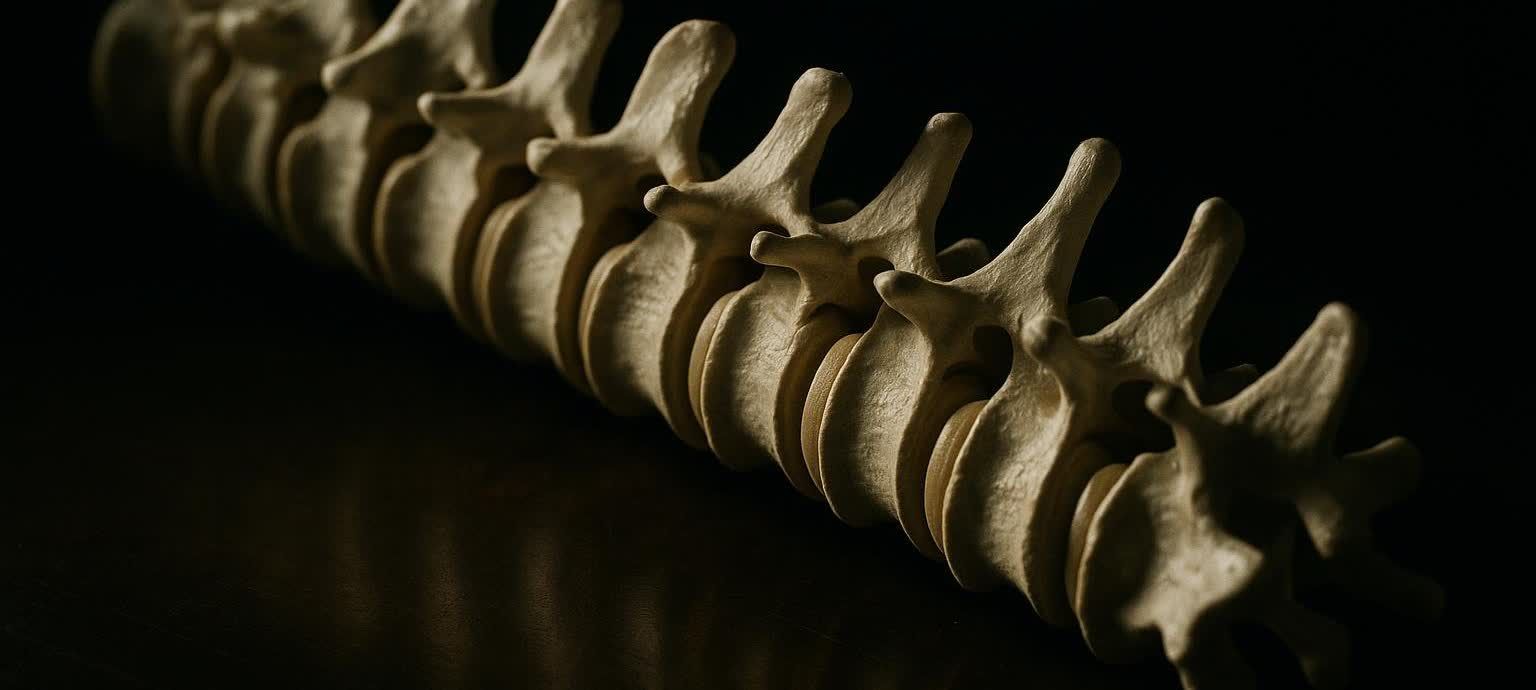
Does Ozempic Cause Bone Loss? Science-Backed Guide
Current human studies show semaglutide (Ozempic) has little direct impact on bone turnover, but the rapid weight loss it drives can shave 1–3 % off hip and spine bone-mineral density. Strength training, adequate protein, and periodic DXA scans largely offset that risk.
Ozempic has rocketed from diabetes therapy to mainstream weight-loss tool. That dramatic drop on the scale raises a natural concern: will losing so much weight weaken my bones?
Below is an evidence-based dive into what the research shows, why weight loss matters more than the medication itself, and—most importantly—what you can do today to protect your skeleton.
Table of contents
- Ozempic 101 & Why Bones Become a Hot Topic
- Does Semaglutide Directly Hurt Bone?
- Weight Loss vs. Drug Effect
- Mini Meta-Analysis of Current Studies
- Who’s Most at Risk?
- Monitoring Your Bone Health
- 7 Proven Strategies to Maintain Bone Density
- People-Also-Ask: Rapid-Fire Answers
- Key Takeaways & Next Steps
Ozempic 101 & Why Bones Become a Hot Topic
Ozempic’s active ingredient, semaglutide, is a GLP-1 receptor agonist. By boosting insulin secretion and slowing gastric emptying, it flattens blood-sugar spikes and suppresses appetite, leading many users to drop double-digit pounds.
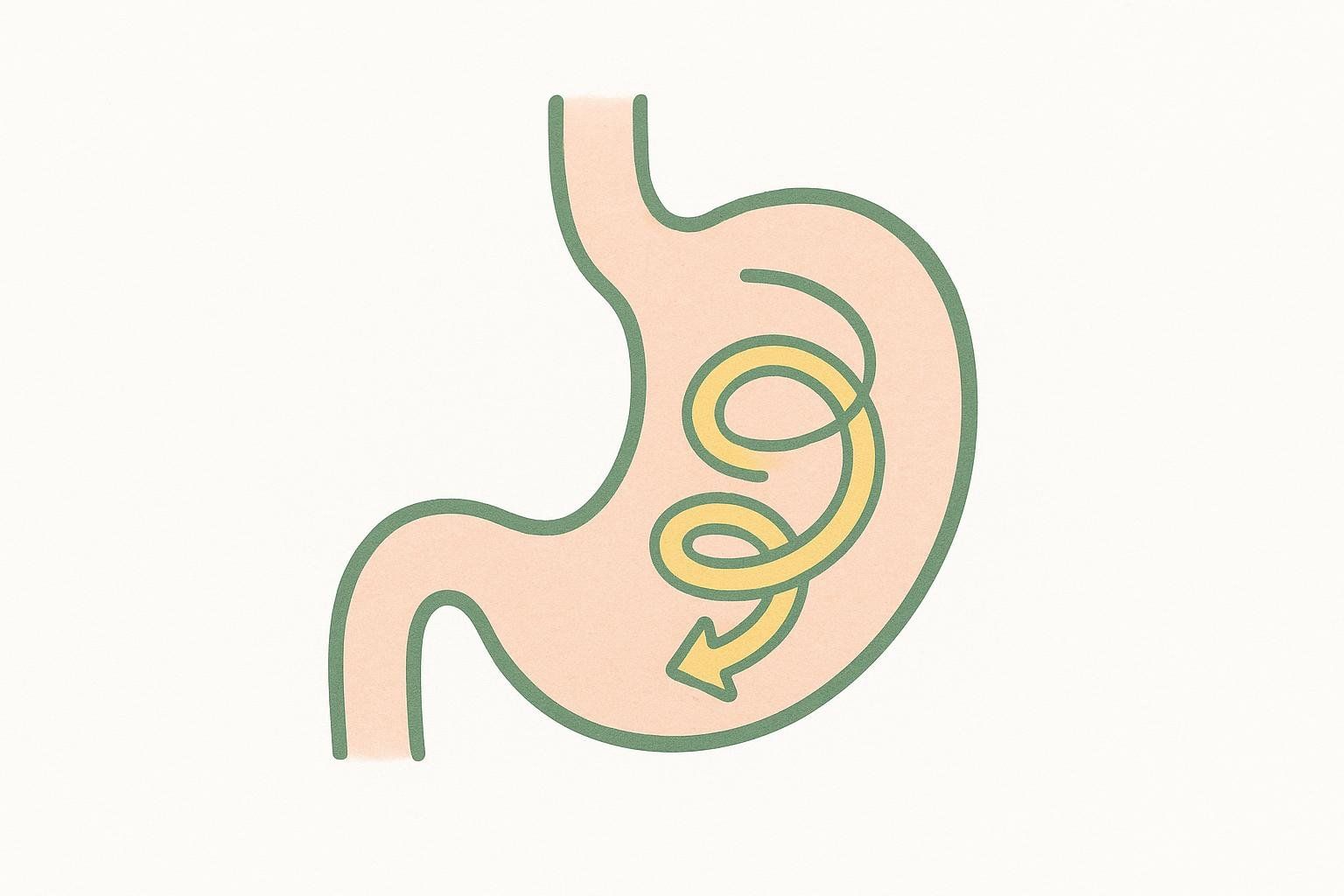
Because bones adapt to the forces placed on them, losing the body weight that once stressed your skeleton can reduce that stimulus—much like removing plates from a barbell. At the same time, calorie deficits may lower intake of bone-building nutrients and shrink muscle mass that stabilizes joints.
Does Semaglutide Directly Hurt Bone?
Animal models hint that high-dose, long-term GLP-1 use may alter osteoblast (bone-building) and osteoclast (bone-resorbing) activity. Yet human data remain mixed: some trials report no difference in bone-formation markers, while others find slight increases in bone resorption at the hip ([Wiley systematic review, 2024]).
Proposed mechanisms include:
- Reduced estrogen during aggressive weight loss
- Lower mechanical loading (fewer pounds = less force)
- Possible GLP-1 effects on calcitonin signaling
Bottom line? If semaglutide influences bones at all, the effect is small compared with the impact of the weight loss it sparks.
Weight Loss vs. Drug Effect
Weight loss itself can rob bone density through four pathways:
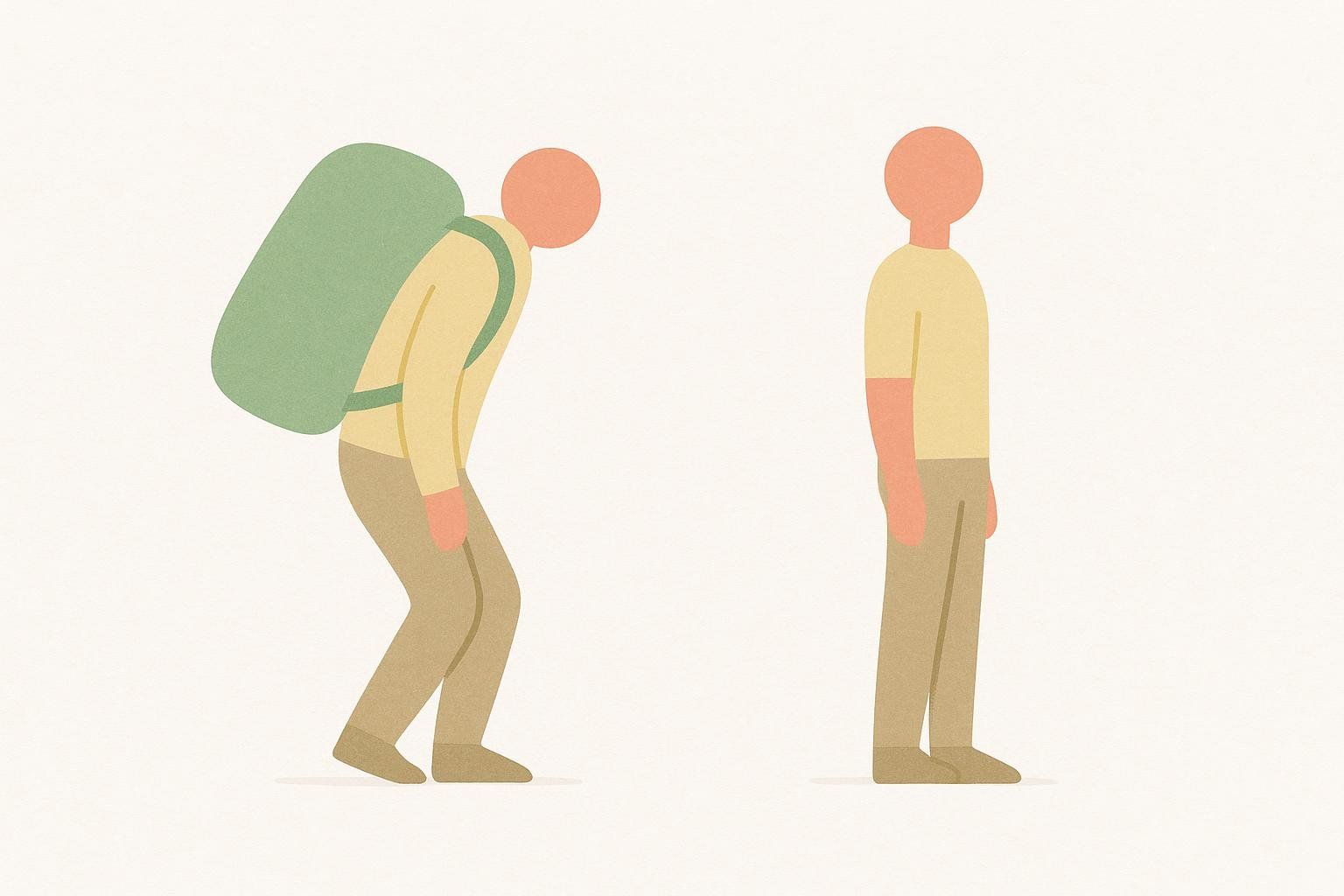
- Mechanical unloading – less body weight and fewer impact forces
- Hormonal shifts – leptin and estrogen fall as fat shrinks
- Nutrient shortfalls – calorie cuts often mean less calcium and protein
- Muscle loss – weaker muscles increase fall risk and provide less bone-stimulating tension
Banner Health notes that even dropping 10 lb in three months can measurably lower BMD in older adults.
Mini Meta-Analysis of Current Studies
| Study & Source | Population | Semaglutide Dose | BMD / Fracture Outcome | Key Takeaway |
|---|---|---|---|---|
| Hansen et al. (2024) study | 416 adults with increased fracture risk | 1 mg weekly for 52 wk | No rise in bone-formation marker; slight drop in hip density | Little direct effect; mild bone breakdown |
| 2023 JAMA Network Open study | 196 adults with obesity | 2.4 mg Wegovy vs. exercise | Hip BMD ↓ 1.9 % vs 0.5 % (exercise) | Weight-loss magnitude matters |
| AAOS 2024 poster findings | 6,500 non-diabetic adults | Mixed GLP-1 RAs | Overall fracture risk unchanged; higher risk in women ≥ 65 | Age modifies risk |
| AACE 2024 session report | Semaglutide vs. sleeve gastrectomy | — | Lower fracture risk with semaglutide vs. surgery | Better skeletal safety profile |
Consensus: Semaglutide is no bone-destroyer, but large, rapid weight loss can thin hip and spine density by 1–3 % per year—similar to natural aging in post-menopausal women.
Who’s Most at Risk?
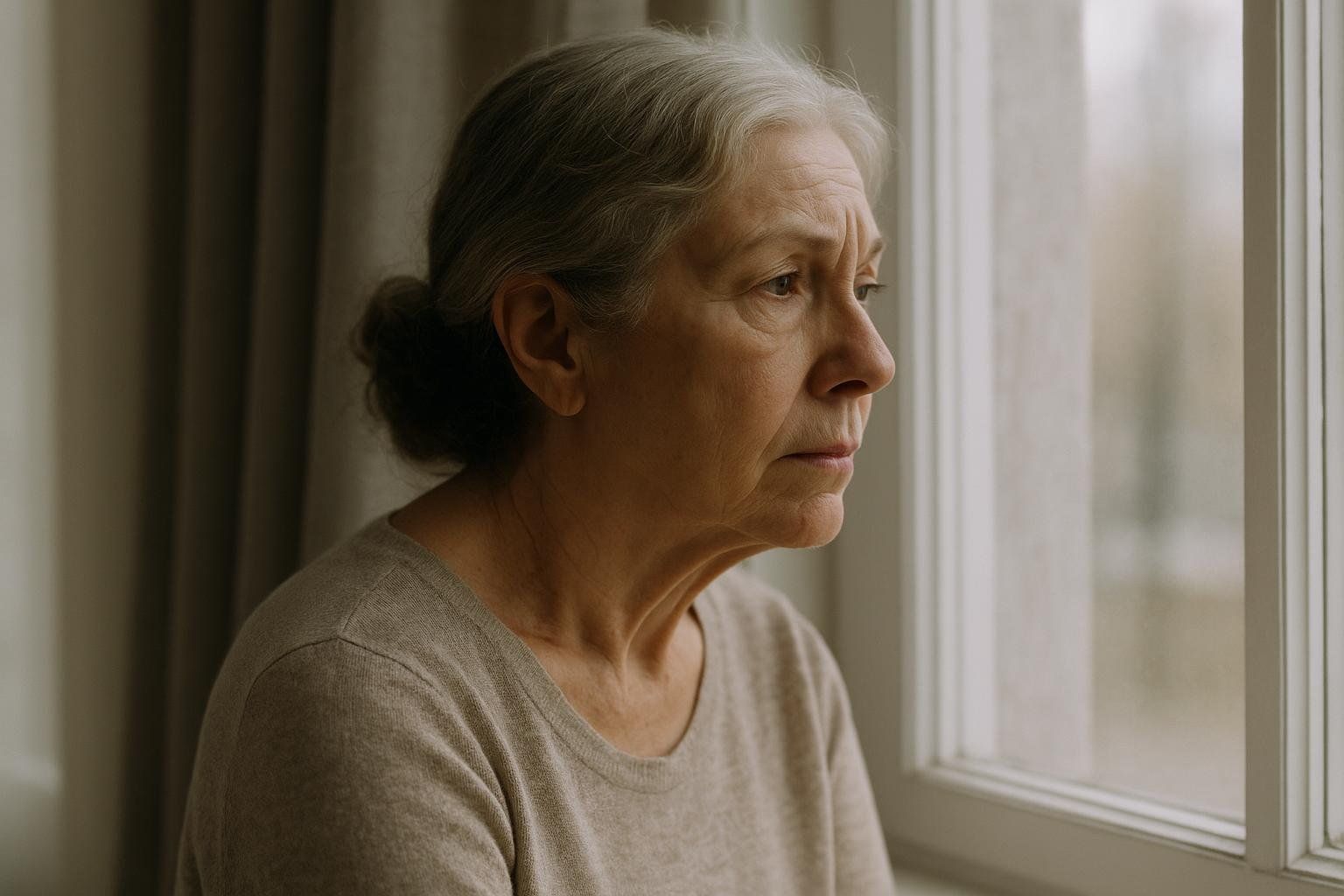
- Post-menopausal women
- Adults aged 60 +
- Individuals with diagnosed osteoporosis or prior fragility fracture
- Underweight users (BMI < 18.5) taking Ozempic for diabetes
- Athletes undergoing rapid weight-cutting
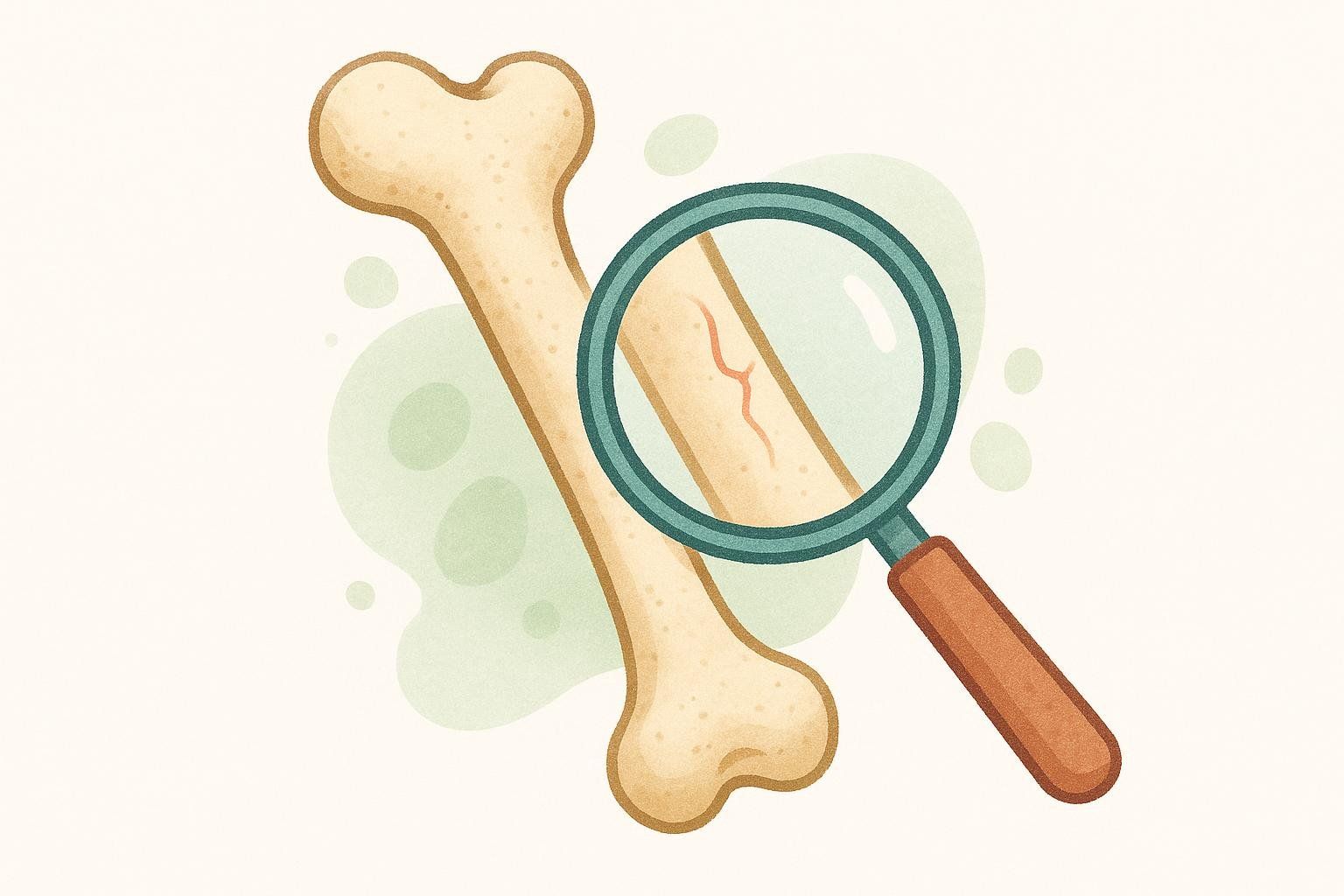
Monitoring Your Bone Health
- Get a baseline DXA scan before—or within the first month of—starting therapy.
- Plan follow-up scans based on risk:
- Low-risk adults under 50: every 18–24 months
- Post-menopausal women or anyone with osteopenia/osteoporosis: every 6–12 months
- Anyone losing > 10 % body weight in 6 months: consider a scan at the 6-month point
- Choose the right tool. BodySpec’s low-radiation DXA measures spine, hip, and total body composition in under 10 minutes.
- Track visceral fat and lean mass; sarcopenia accelerates bone loss. Learn to interpret your numbers with Interpreting DXA Scan Results.
- Share results with your physician to fine-tune nutrition, supplements, and training.
7 Proven Strategies to Maintain Bone Density
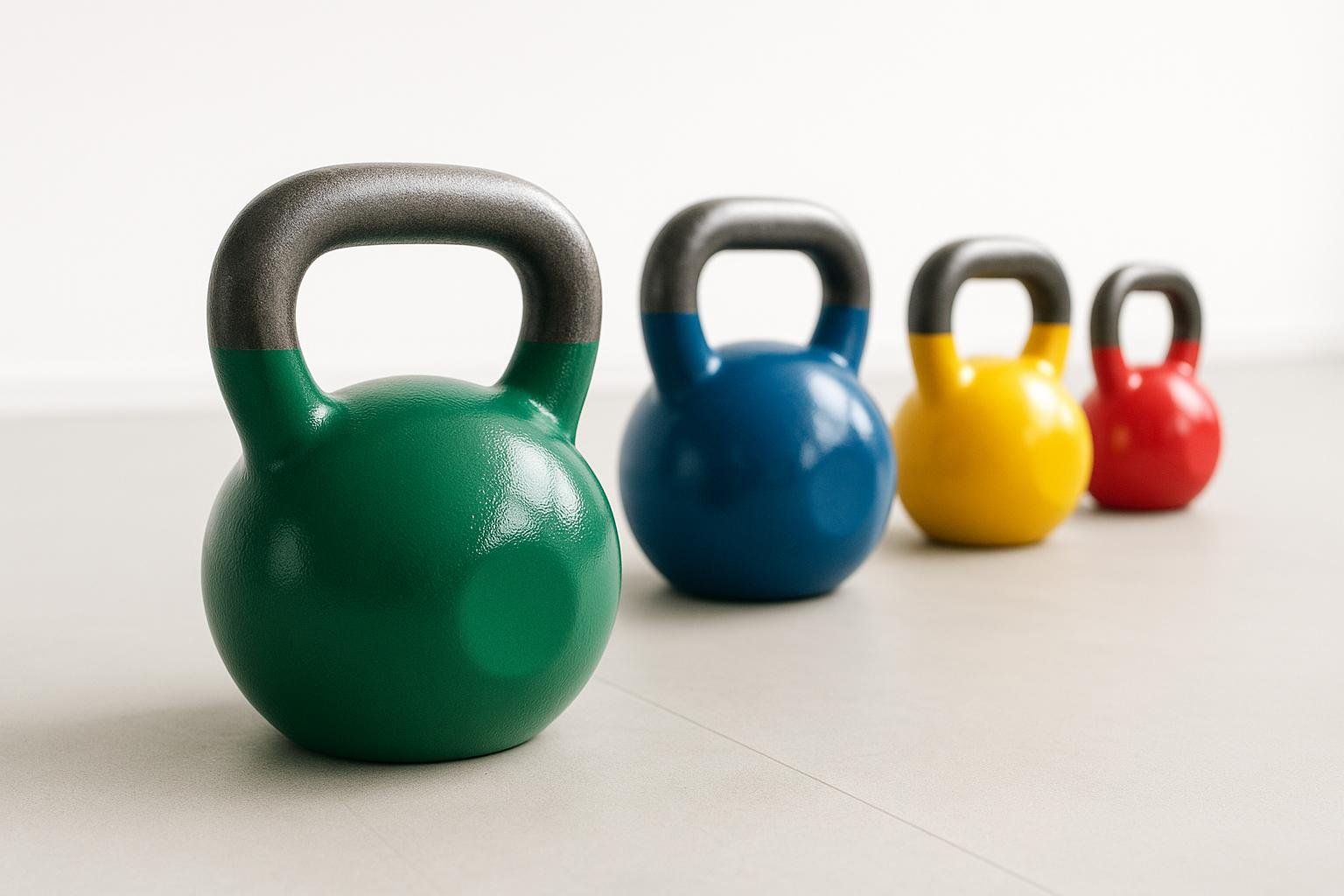
- Lift heavy things – Aim for 2–3 weekly sessions of resistance or power training. Need ideas? See Strength Training for Bone Density.
- Hit your protein target – 1.2–1.6 g/kg body weight helps preserve muscle, which loads bones (as Healthline reports).
- Dial in calcium & vitamin D – 1,200 mg calcium plus 800–1,000 IU vitamin D₃ daily from food or supplements.
- Add vitamin K₂ & magnesium – K₂ directs calcium into bone, while magnesium supports vitamin D activation and bone mineralization; review vitamin K₂’s role in bone health.
- Include impact – Brisk walking, jogging, jump rope, pickleball. Even 10 min/day helps stimulate bone formation.
- Limit alcohol & quit smoking – Both sabotage osteoblast activity.
- Prioritize sleep – Growth hormone peaks at night and supports bone remodeling.
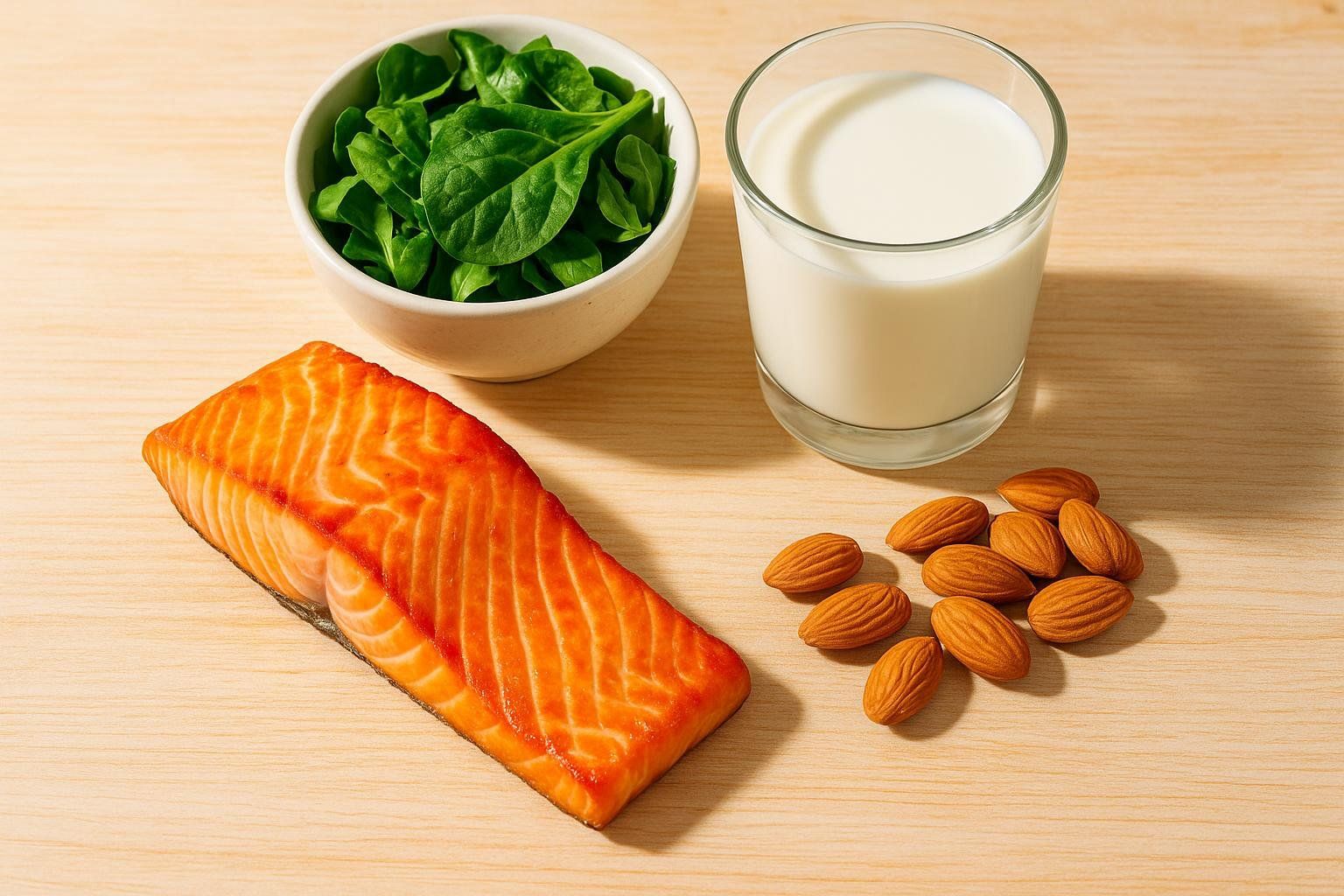
Already noticing lean-mass loss on Ozempic? Check out Ozempic Muscle Loss—How to Prevent Lean Mass Reduction.
People-Also-Ask: Rapid-Fire Answers

Should I stop Ozempic if I have osteoporosis?
Not necessarily. Work closely with your endocrinologist, who can craft a management plan that may include lifestyle adjustments and other therapies.
Are other GLP-1 drugs safer for bones?
Current data show similar bone outcomes across semaglutide, liraglutide, and tirzepatide. The amount of weight lost is the main driver.
Do men experience the same bone loss?
Men start with higher bone mass and lose it more slowly, but rapid weight loss can still lower hip BMD by about 1 % per year.
Key Takeaways & Next Steps

- Semaglutide isn’t a bone villain. Most bone changes stem from the weight you shed.
- Bone loss is preventable with the right habits—lift weights, hit protein and micronutrient targets, and monitor progress with DXA.
- Ready to check your baseline? Use our Bone Density Test Guide to book a BodySpec DXA scan and keep your skeleton strong.
